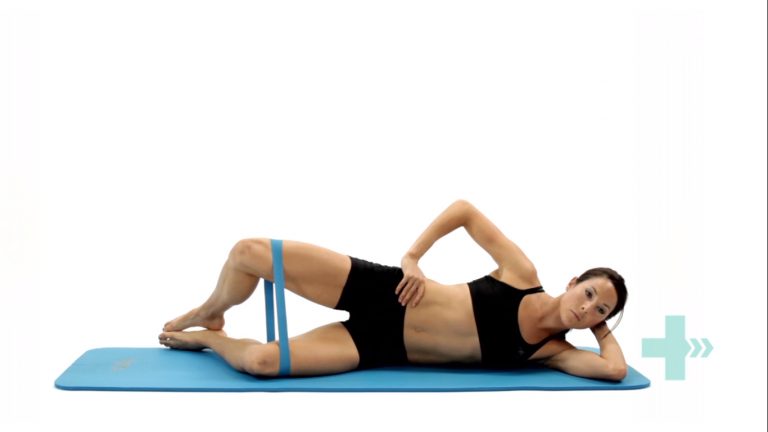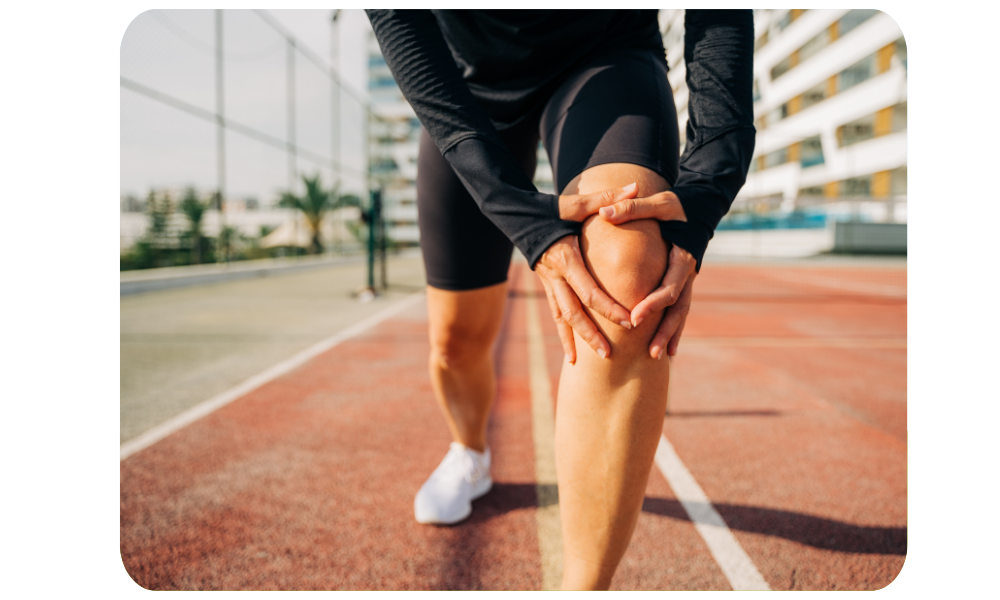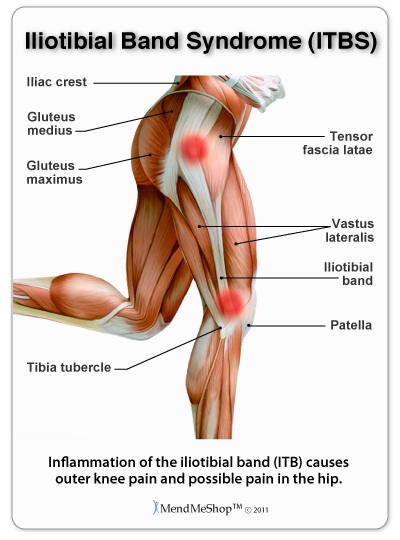Iliotibial Band (ITB) Syndrome is a common issue among runners, often causing lateral knee pain that can sideline even the most dedicated athletes. Understanding the condition and knowing how to manage it effectively can make all the difference in your running journey. In this blog post, we’ll delve into what ITB Syndrome is, why traditional foam rolling may not be the best solution. As well as, how physical therapy, including targeted exercises, can provide lasting relief.
What is ITB Syndrome?
ITB Syndrome occurs when the iliotibial band,—a thick strip of tissue running from your hip to your knee— becomes tight or inflamed. This can lead to pain on the outer side of the knee, or hip especially during activities like running. Contributing factors include overuse, improper running mechanics, and muscle imbalances.
Why Does the TFL Become Overactive?
The Role of the Tensor Fasciae Latae (TFL)
Often, the TFL muscle becomes overactive, contributing to ITB tightness and lateral hip pain. This overactivity often results from weakness or dysfunction in the gluteus medius, an essential muscle for hip stability.
What does the TFL do?
Located on the outer side of the hip, the TFL works with the ITB to stabilize the hip and knee during activities such as walking, running, and balancing on one leg. Its main functions are:
- Hip abduction (moving the leg away from the body)
- Internal rotation
- Flexion of the hip
Common Causes of TFL Overactivity
- Weak or Inhibited Gluteus Medius: The gluteus medius is crucial for hip abduction and stabilization. When it’s weak or not functioning properly, the TFL compensates, leading to overactivity and tightness.
- Poor Movement Mechanics: Incorrect running or walking mechanics, such as excessive foot pronation or a Trendelenburg gait (where the hip drops during walking), can overload the TFL, causing it to become overactive and strained.
- Muscle Imbalances: Imbalances among the hip flexors, extensors, and abductors can stress the TFL. For instance, tight hip flexors or weak glutes force the TFL to do more work, resulting in overactivity.
- Prolonged Sitting or Poor Posture: Sitting for long periods, especially with poor posture, can shorten and tighten the TFL. When transitioning to standing or running, this shortened state can lead to TFL overactivity.
- Overtraining or Sudden Activity Increases: Rapid increases in running mileage or intense physical activities without proper conditioning can overload the TFL, leading to pain and overactivity.
Why Foam Rolling the ITB May Not Be Effective
Many runners turn to foam rolling to relieve ITB pain. However, directly rolling the ITB can often be too aggressive and aggravating, causing more discomfort than relief. Instead, focusing on myofascial release techniques that target surrounding muscles and tissues can be more effective. Check out my video here where I demonstrate these techniques in detail.
Understanding the Gluteus Medius
The gluteus medius plays a key role in stabilizing the hip and pelvis during movement. It helps in hip abduction and maintaining pelvic stability while walking or running. When this muscle is weak or inhibited, it can lead to compensatory overactivity in the TFL and other muscles, exacerbating ITB issues.
Effective Hip and Glute Exercises
Strengthening the gluteus medius and improving hip stability can help alleviate ITB Syndrome symptoms. Here are some exercises to facilitate the gluteus medius:
- Side-Lying Leg Raises
- Lie on your side with your legs stacked.
- Lift the top leg up, keeping it straight, and lower it back down.
- Perform 3 sets of 15 repetitions on each side.
- Clamshells
- Lie on your side with your knees bent and feet together.
- Keeping your feet touching, lift your top knee as high as you can without rotating your hips.
- Perform 3 sets of 15 repetitions on each side.
- Monster Walks
- Place a resistance band around your thighs.
- With your knees slightly bent, step side to side, keeping tension on the band.
- Perform 3 set in a 10-15 feet space or hallway in each direction.

For more specific Glute activation to help your running check out my video here where I demonstrate how exercises in their proper form.
Conclusion
Managing ITB Syndrome effectively involves more than just addressing the symptoms. By understanding the role of muscle imbalances, particularly in the gluteus medius and TFL, and incorporating targeted exercises, you can achieve better hip stability and reduce pain.
Remember, myofascial release and strengthening exercises are key components of a comprehensive treatment plan.
Stay consistent with your exercises and consult a physical therapist to tailor a program specific to your needs.
If you have any questions or need personalized assistance, contact us!
- Email: info@somavitapt.flywheelsites.com
- Phone: (973) 547-1226
- Location: 10 Shawnee Drive Suite B3, Watchung, NJ 07069
- Website: somavitapt.com
Happy running, and stay injury-free!





